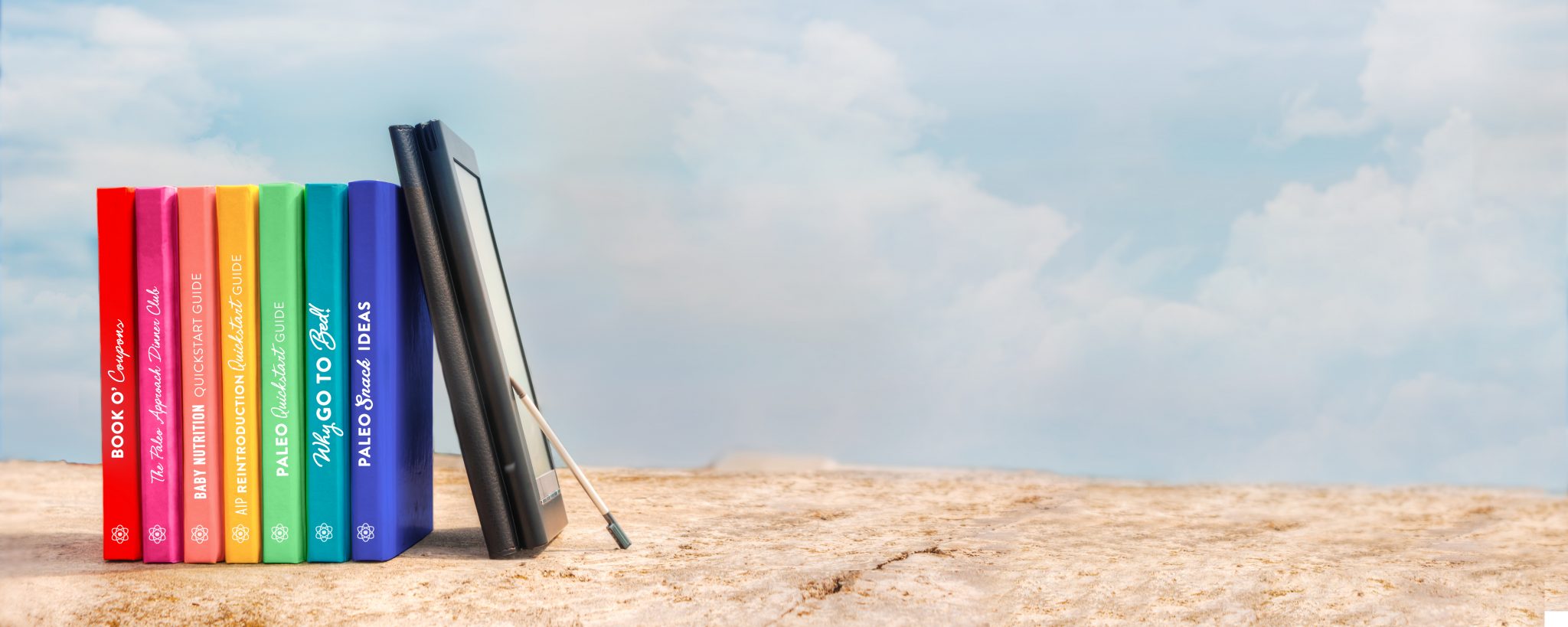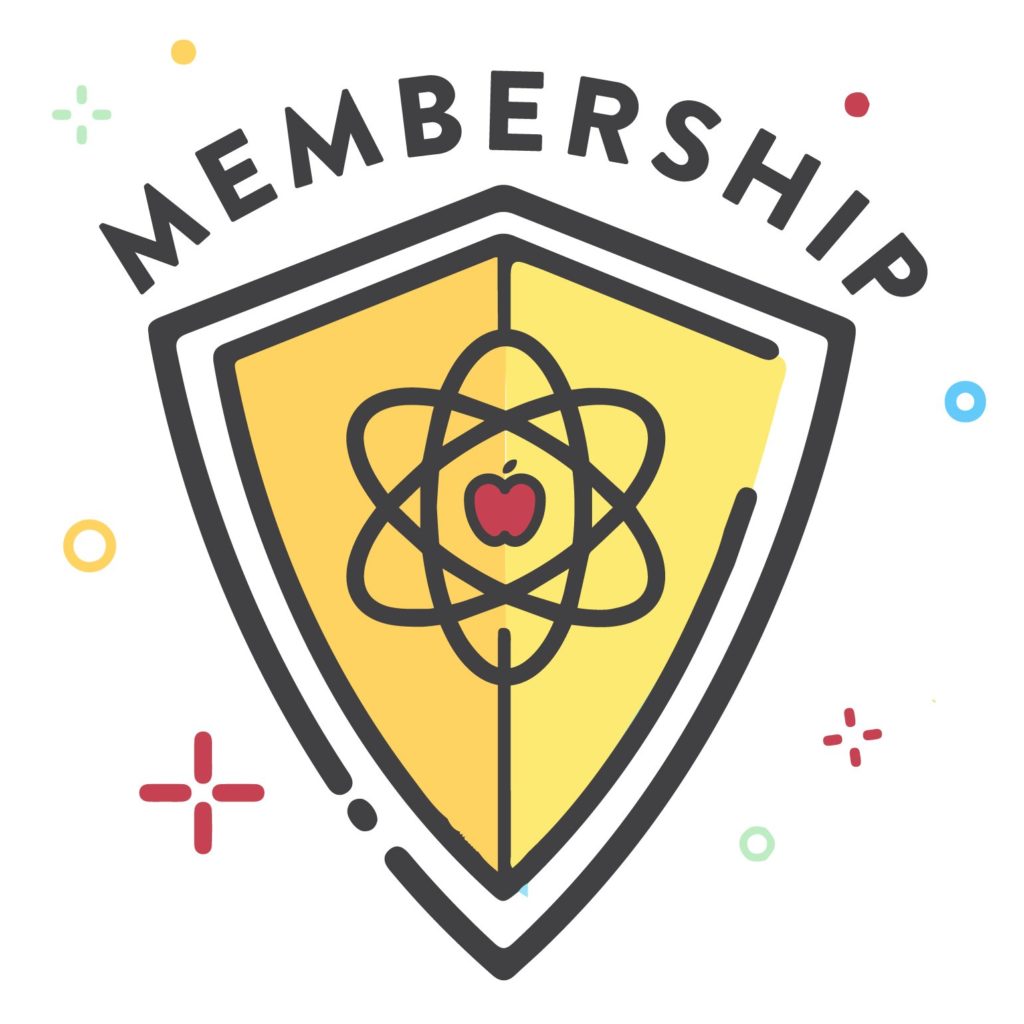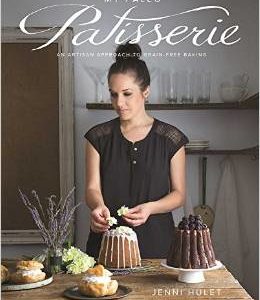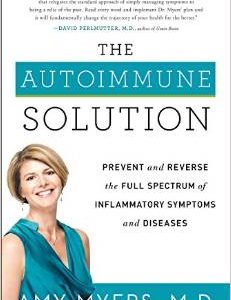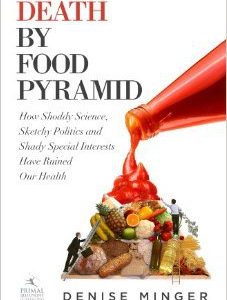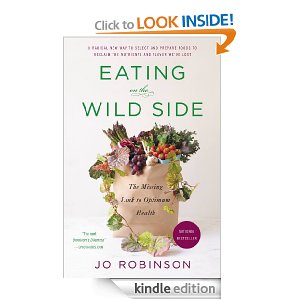 This review was written by my assistant Christina.
This review was written by my assistant Christina.
Eating on the Wild Side delves into the colorful history of our produce, investigating how generations of human selection, spontaneous mutation, and genetic engineering have resulted in modern plants that have less protein, vitamins, and minerals and more sugar than the produce that was available to our Paleolithic ancestors. Author Jo Robinson explains how this gradual but dramatic change has helped contribute to a wide variety of modern health problems, drawing on years of intensive research into the subject. (If you are familiar with her website, Eat Wild, then you already have a pretty good idea of the tremendous wealth of knowledge she has to offer!)
Eating on the Wild Side is full to bursting with startling factoids comparing the nutrients available in modern produce to those available in wild produce that has retained its ancient genetic makeup. For example, many people would consider spinach a modern superfood, but an equal serving of wild dandelion leaves has five times more vitamin K and E, twice as much calcium, three times more vitamin A, and eight times more antioxidants. Wow! The catch is that dandelion leaves are also bitter, which is probably why more people consider them a weed than a valuable food source. And there’s plenty more where that came from, illustrating how our preference for better-tasting food has slowly but inevitably led to the loss of a wealth of nutrients. The thought stings, especially if you find yourself struggling to eat the large quantity of vegetables that is recommended to compensate for this loss. This is all your fault, I think to my ancestors as I eyeball a plate of squash, spinach, and berries that looks delicious but way too big for my appetite.
In addition to simply eating more produce, Eating on the Wild Side offers another solution to this modern nutrient deficit. Each chapter discusses the varieties of different types of produce and makes recommendations for how to select, store, and cook them to get the most nutritional bang for your buck. You can maximize the nutrients in your lettuce by selecting a red looseleaf variety, soaking it in cold water for ten minutes, spinning it dry, and then storing it in a micro-perforated bag (that’s a plastic bag with a few tiny holes punched into it) in the crisper drawer. You can increase the antimicrobial and cancer-fighting properties of your garlic by letting it rest ten minutes after slicing it before exposing it to heat. And did you know that broccoli begins to lose its cancer-fighting compounds 24 hours after harvest? Or that carrots and berries have more antioxidants when cooked, especially if cooked whole instead of sliced? To think of all the time I could have saved chopping carrots for stew!
Save 80% Off the Foundations of Health
Expand your health knowledge on a wide range of topics relevant to you, from how to evaluate scientific studies, to therapeutic diet and lifestyle, to leaky gut and gut microbiome health, to sustainable weight loss, and much more!!!
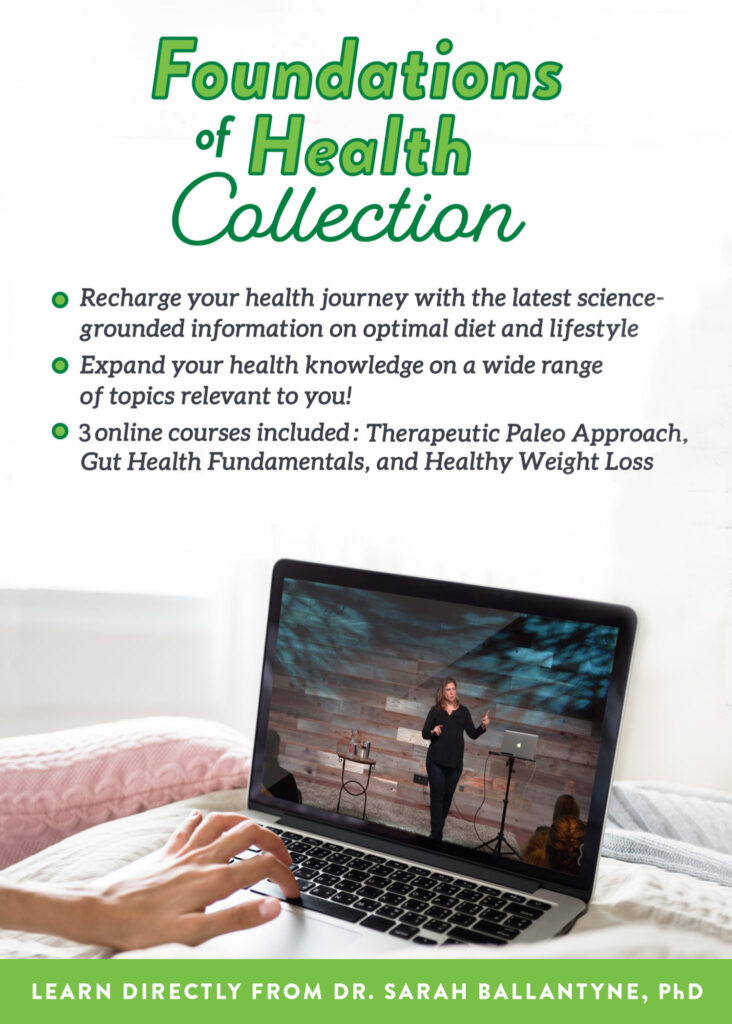
Jo is an excellent educator. She is equal parts historian, scientist, and guide. The book is engaging and informative, and every single page had me riveted. It would be tempting to put human history on trial for squandering valuable nutrients in favor of sweeter, larger, and more prolific foods, but Jo doesn’t lay blame. Instead, she empowers us to make better choices for our generation. The way the book is organized makes it easy to reference if you’re only interested in, for example, tomatoes, but it’s a fascinating cover-to-cover read. I couldn’t tear myself away from the chapters on corn and potatoes, which are arguably some of today’s most controversial crops. If you do choose to include them in your diet, you’ll learn how to select nutrient-dense varieties and minimize their impact on your blood sugar.
By the time you’re through reading it, Eating on the Wild Side will profoundly alter the way you buy, store, and cook all of your produce, and those relatively simple changes may have a profound cumulative effect on your health. This book is phenomenal. If you have a garden, you’ll be interested in Jo’s resources on finding and planting specific varieties. It’s appropriate for anyone on any diet, whether S.A.D., vegan, or Paleo, and every single page had me fascinated and furiously taking notes. Hands down, it has had the biggest impact on the way I eat since I was introduced to the autoimmune protocol. It’s motivational as well as enlightening, and you will come away from it empowered to make healthier choices from market to table.


